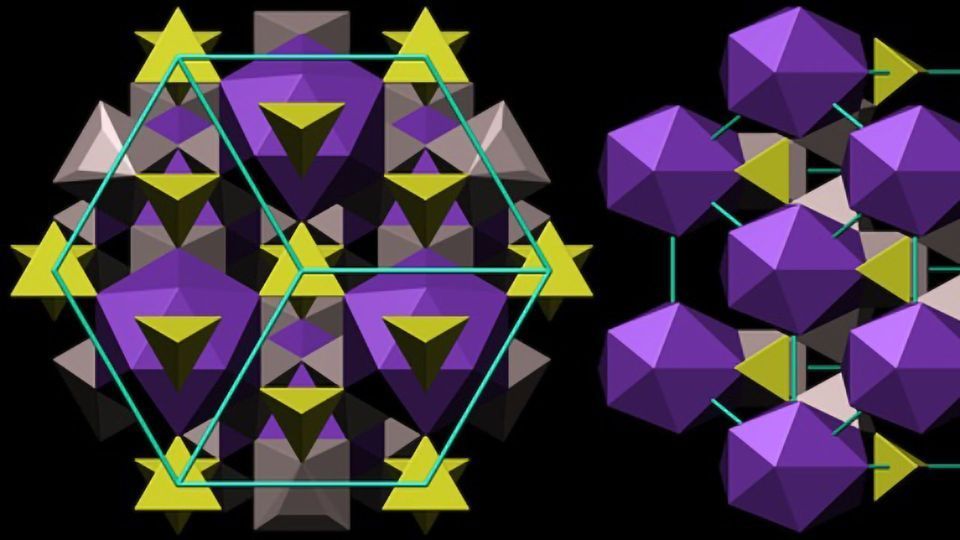Polyhedral Visualisation Software Drives Deeper Structural Chemistry Insights

Complete the form below to unlock access to ALL audio articles.
The Cambridge Crystallographic Data Centre (CCDC), world leading providers of structural chemistry data and insights for materials and life sciences, have announced an update to their Mercury software, a widely adopted solution for crystal structure visualisation, exploration and analysis.
The CCDC curates a database of nearly one million experimentally determined chemical structures – the Cambridge Structural Database (CSD). This data is used in research worldwide across industries ranging from pharmaceuticals and agrochemicals to catalysis and gas storage. The CCDC has developed a range of revolutionary analysis tools that interrogate this vast high-quality data set to accelerate research and development.
This latest update facilitates access to a simple, intuitive option for scientists to visualise metal-organic structures using polyhedral representations. This delivers better understanding of both chemical structure and properties, significantly aiding the analysis, design and prediction of a metal-organic compound's behaviour in materials development.
The use of the CSD in pharmaceutical and agrochemical industries is already well-established; beginning in the 1980’s in drug discovery before developing to encompass solid form research and design. The CCDC’s product development programme, coupled with the quickly expanding data set, underpins emerging applications in new industries. The CSD is becoming a fundamental resource for research into new materials such as batteries, paints, pigments and dyes, and in particular the development of gas storage frameworks and tailored catalysts. As environmental contamination and sustainability become increasingly important there is considerable potential on a global scale.
‘The CSD currently contains just under one million structures, and metal-organics constitute more than half of the data, with the percentage of metal-organics having risen steadily over the years from around 40% in the 1970s to over 57% now. We therefore recognise the need for further investment in software features targeted towards this area of the CSD. This not only presents our users with enhanced functionality and ease of use, but also enables us to better engage with our users in both academia and industry’, commented Pete Wood, Product Manager for CSD-System and CSD-Materials at the CCDC.
The CSD is the world’s only fully curated and enhanced database for organic and metal-organic crystal structures. Each structure that is added to the database undergoes strict validation and cross-checking and every entry is enriched with bibliographic, chemical and physical property information, adding further value to the raw structural data.
The focus for the CCDC is to ensure users can gain easy access to this data, enabling interpretation of the structures in a chemically meaningful way, and ultimately streamlining and accelerating their research and development within new industries on a global scale.
Juergen Harter, CEO of the CCDC, commented ‘The CCDC’s product development roadmap is fed by our users’ feedback and questions as well as dynamic social, economic and environmental challenges that are changing this industry. Using our strong relationships and commitment to our user base, we are able to continue to build more efficient and consistent search capability, analysis, and high-quality visualisation tools to ensure our users can access and make the best use of our high-quality dataset. This latest release is just one in an exciting development plan for 2019.’
This article has been republished from materials provided by the Cambridge Crystallographic Data Centre. Note: material may have been edited for length and content. For further information, please contact the cited source.



